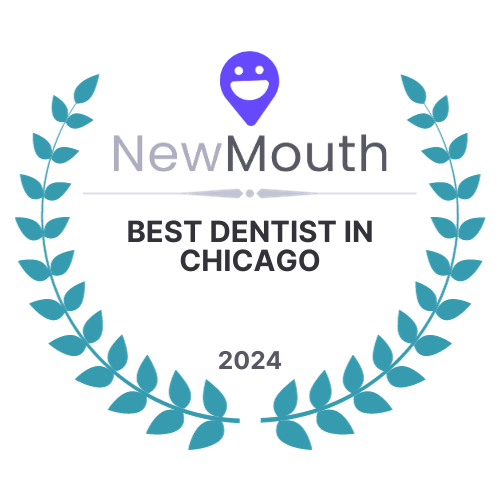The Skinny on Sealants
Fluoride – the FAQs The Wisdom Behind Wisdom Teeth
We’ve touched on sealants on this site before, but wanted to dig a bit deeper - what’s their deal? Why are they useful? When should they be applied? As always, we’re here to help answer your burning questions on preventive dentistry! 🙂
Sealants are as simple as the name implies – a protective coating that seals the chewing (occlusal) surface of the permanent tooth to prevent bacteria from causing decay. Pre-molars and molar teeth, located way in the back of the mouth, naturally have many pits and fissures on their occlusal surface. Their shape and location make them hard to keep clean and cavity prone, especially during pre-adolescent and adolescent years. A sealant helps protect against decay on these teeth by literally filling in the cracks and providing a protective shield that bacteria and food can’t penetrate.
Dentists have been trying to prevent cavities for decades - as early as 1905, Willoughby Miller was applying silver nitrate to the surfaces of teeth to fight against specific types of bacteria known to cause decay. The 1920s saw the first preventive fillings - teeth that were at risk for cavities were treated before decay even began, and the widened pits and fissures were filled with amalgam.
A big breakthrough came in 1955, when M.G. Buonocore demonstrated that resin could be bonded to enamel through acid etching, which paved the way for future sealants. Subsequent decades gave rise to progressively better sealing materials and brought us to where we are today!
The process for applying sealants is straightforward. The teeth in question are thoroughly cleaned and etched to microscopically roughen the surface, making it easier for the sealant to adhere. Each tooth is then rinsed and thoroughly dried. Composite acrylic sealant is then painted directly on to the tooth and allowed to harden with the aid of a curing light. The appointment is quick – in our office we routinely apply sealants to four teeth at a time in 30 minutes.
Sealant material is a thin, liquid plastic that is composed primarily of BPA derivatives. There has been much speculation and study regarding the relationship between BPA and dental sealants. The American Dental Association maintains that sealants pose no consumer risk due to the low and infrequent nature of the exposure: BPA derivatives are being used instead of pure BPA, and the exposure to the raw material is extremely brief, as long as it takes to cure and harden.
So who should be lining up to have their teeth sealed? At our office we like to recommend sealants for young children who:
- Have had at least one cavity on their primary (baby) teeth
- Have permanent teeth that are not completely mineralized
- Have generally poor oral hygiene
- Have permanent teeth with abnormally deep, narrow grooves
We feel sealants are most effective for getting children at high risk for decay through their teenage years. Adults who have no history of cavities may benefit from sealants as well. However, treating adults raises some concerns - there is the risk that sealing over teeth that have been exposed to bacteria for several years could allow for cavities to develop under new sealants.
Sealing the teeth at a young age is simple and beneficial, but it’s not all roses - as with most things, sealants are an investment you need to protect if they’re going to continue to work well. As sealants age, they chip and crack - potentially allowing bacteria to fester underneath the remaining plastic layer. To prevent complications you should maintain excellent oral hygiene at home and see your dentist regularly so they can check on the functionality of your sealants.
Wondering if sealants are right for you or your little one? We’re always happy to field questions. Get in touch today to find out if sealants are the ticket!
